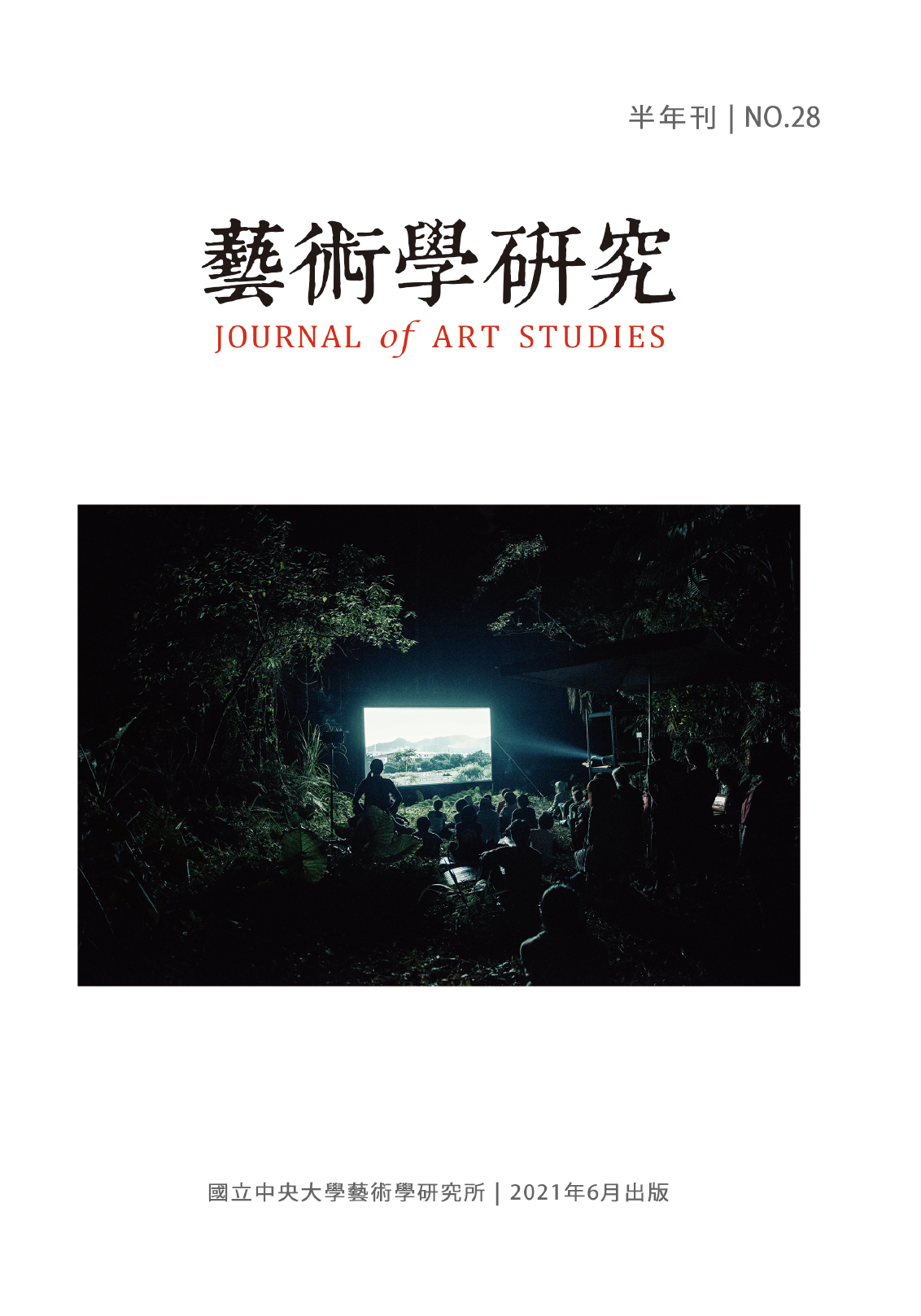侯孝賢的電影從九十年代末至兩千年初,開始浮現當代性議題,關注新世代的轉變,並且持續探索寫實主義美學,音樂是這波形式風格轉變的關鍵。《南國再見,南國》與《千禧曼波》為侯孝賢在此一時期的代表作品,以世紀末為主題,觀察解嚴後臺灣社會轉型過程中個體生存處境。為這兩部片創作電影音樂的林強,運用另類的配樂方法,掀起一波聲音新浪潮。九十年代末的《南國再見,南國》由林強統籌電影配樂,集合地下獨立音樂人的創作,捕捉邊緣人物內心狀態,並呈現新舊交替、政治經濟轉型的臺灣社會。兩千年初再以《千禧曼波》電子音樂與瑞舞場景作為千禧年臺北的城市聲音風景,詮釋年輕世代躁動的世紀末情緒。兩部片以不同的音樂風格傳達臺灣新音樂運動的精神與青年文化的本土意識。由此觀察,本文追溯九十年代臺灣新音樂運動與兩千年初電子音樂新世代的本土聲響文化脈絡發展,分析影片中的音畫調度構成真實與虛幻界線的時空意識,打破線性敘事結構、因果邏輯關係,交織出屬於臺灣城市新世代的另類成長故事。本文論證侯孝賢在進入千禧年之際,以城市邊緣的聲響,當代性的聽覺感知,標示出他個人寫實美學風格的延續與轉變。
This paper discusses how the film music of Hou Hsiao-Hsien’s Goodbye South, Goodbye (1997) and Millennium Mambo (2001) characterize where each is set and the younger generations of millennials in Taiwan. The soundscape corresponds with the sociopolitical environment following the lifting of martial law in 1987, when the ’90s Taiwan New Music scene, spurred on by a surge of creative energy, witnessed an explosion of previously banned Taiwanese songs. Songs of underground musicians began to emerge in the 1990s and resonated with a sense of otherness and possibility of pursuing new alternatives in Goodbye South, Goodbye. These underground sensibilities persist in Millennium Mambo, transformed into the electronic music scene of Millennial Taipei City. In this context, this paper considers the role of film music in relation to the local setting in which it is consumed and inscribed with cultural significance. In Goodbye South, Goodbye, the indie-rock music style both informs the conflict between old and new generation and suggests means of resisting the dominance of particular turn of the century cultural and authoritative institutions. The mapping of the electronic dance music scene in Millennium Mambo illuminates the dynamic relationship between musical cultures and local identities. Finally, this paper proposes a new perspective on Taiwan cinema studies, in which film music can be conceptualized as a way of thinking about urban spaces and local identities.


